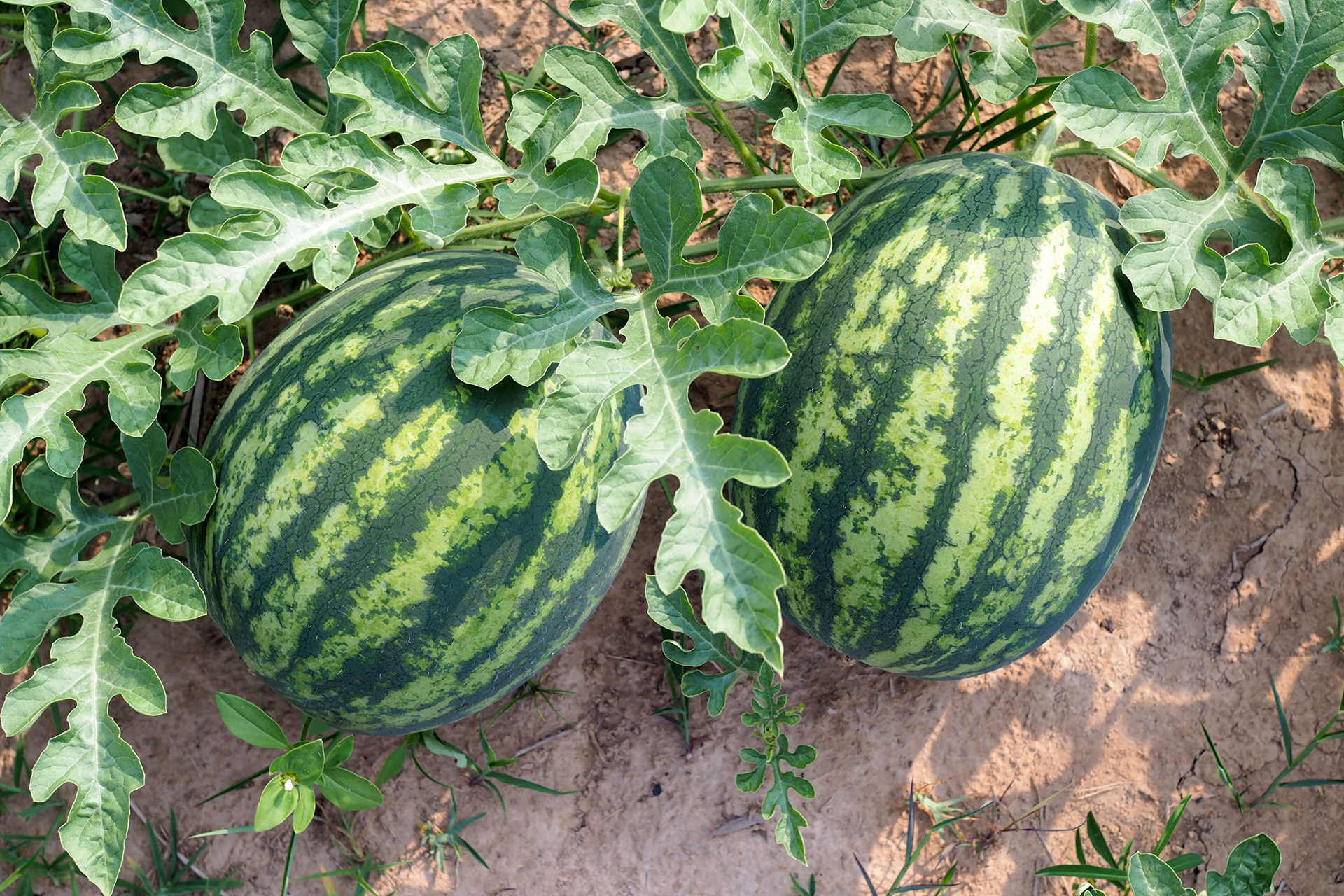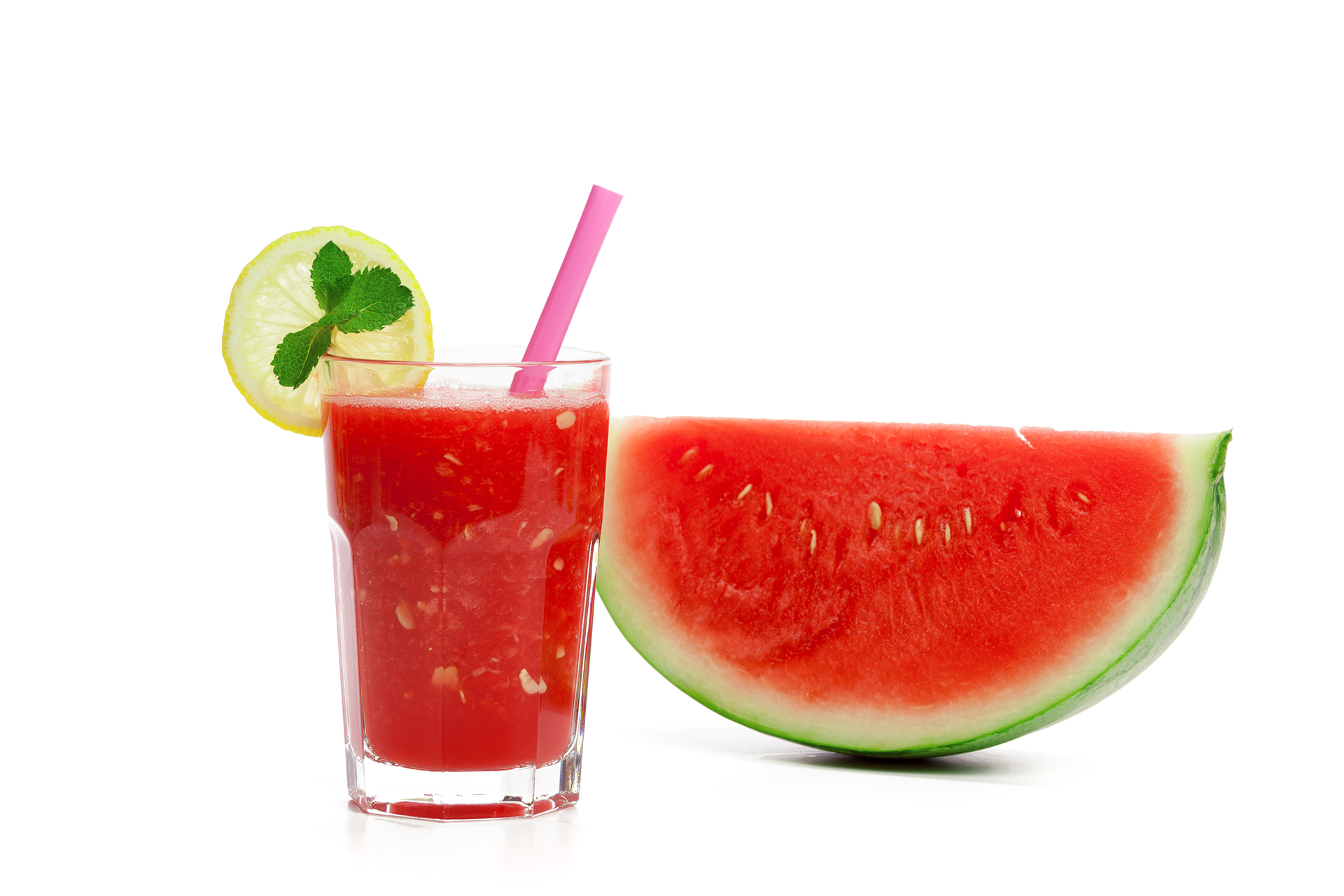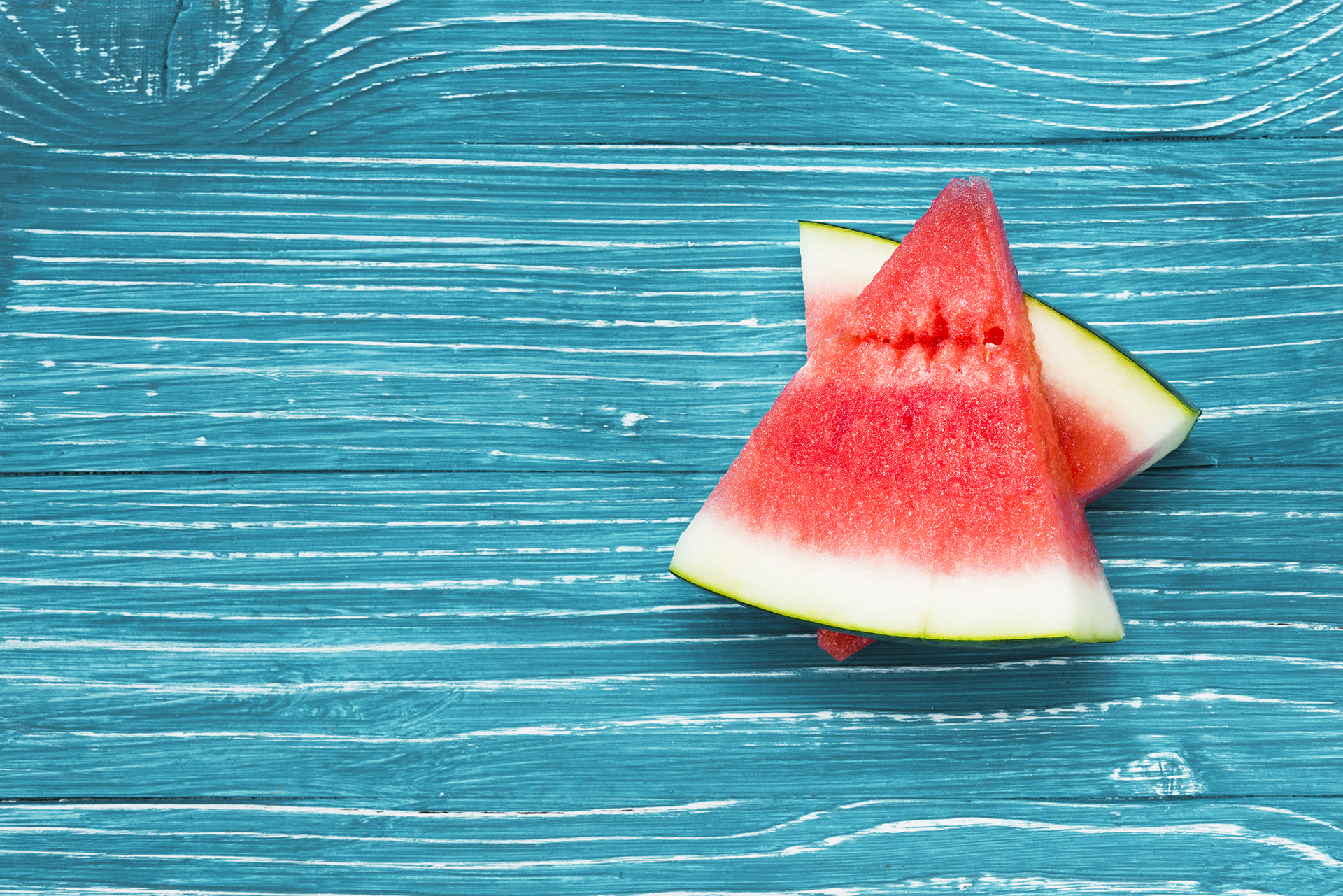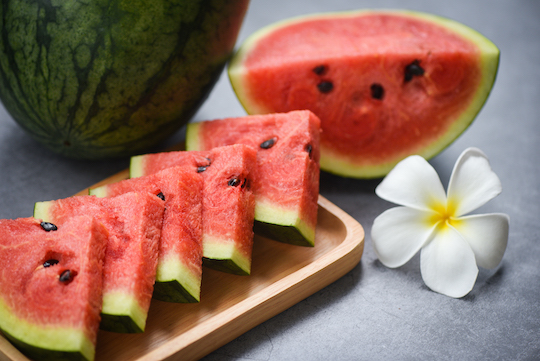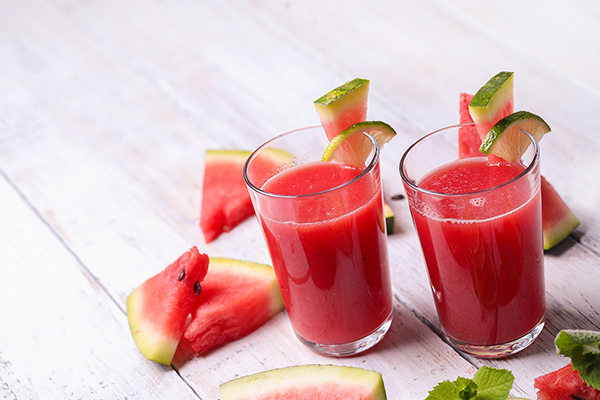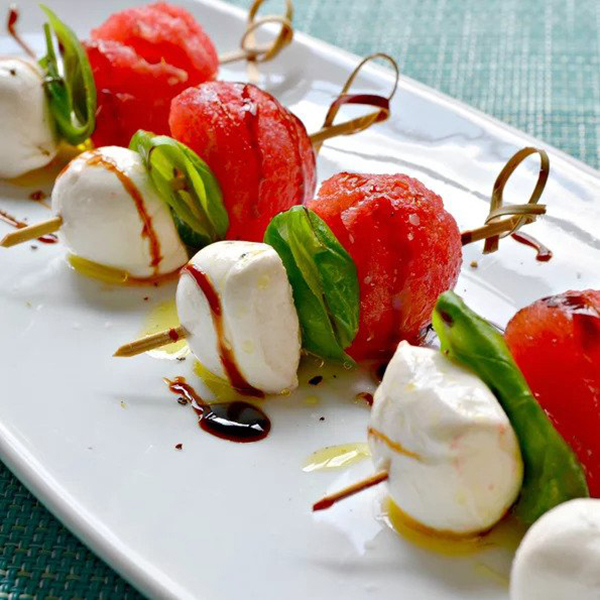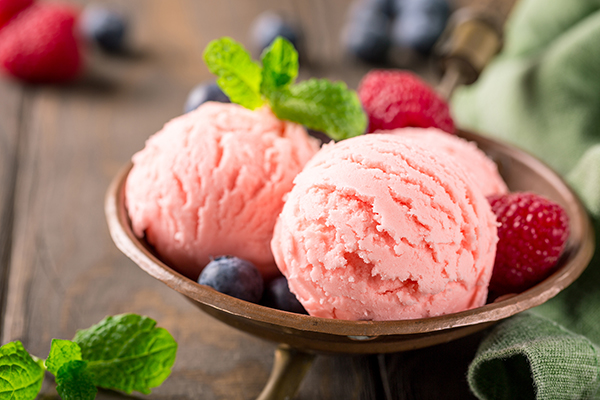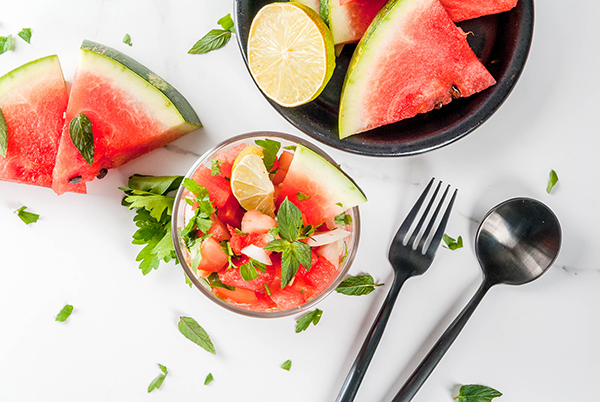Watermelon
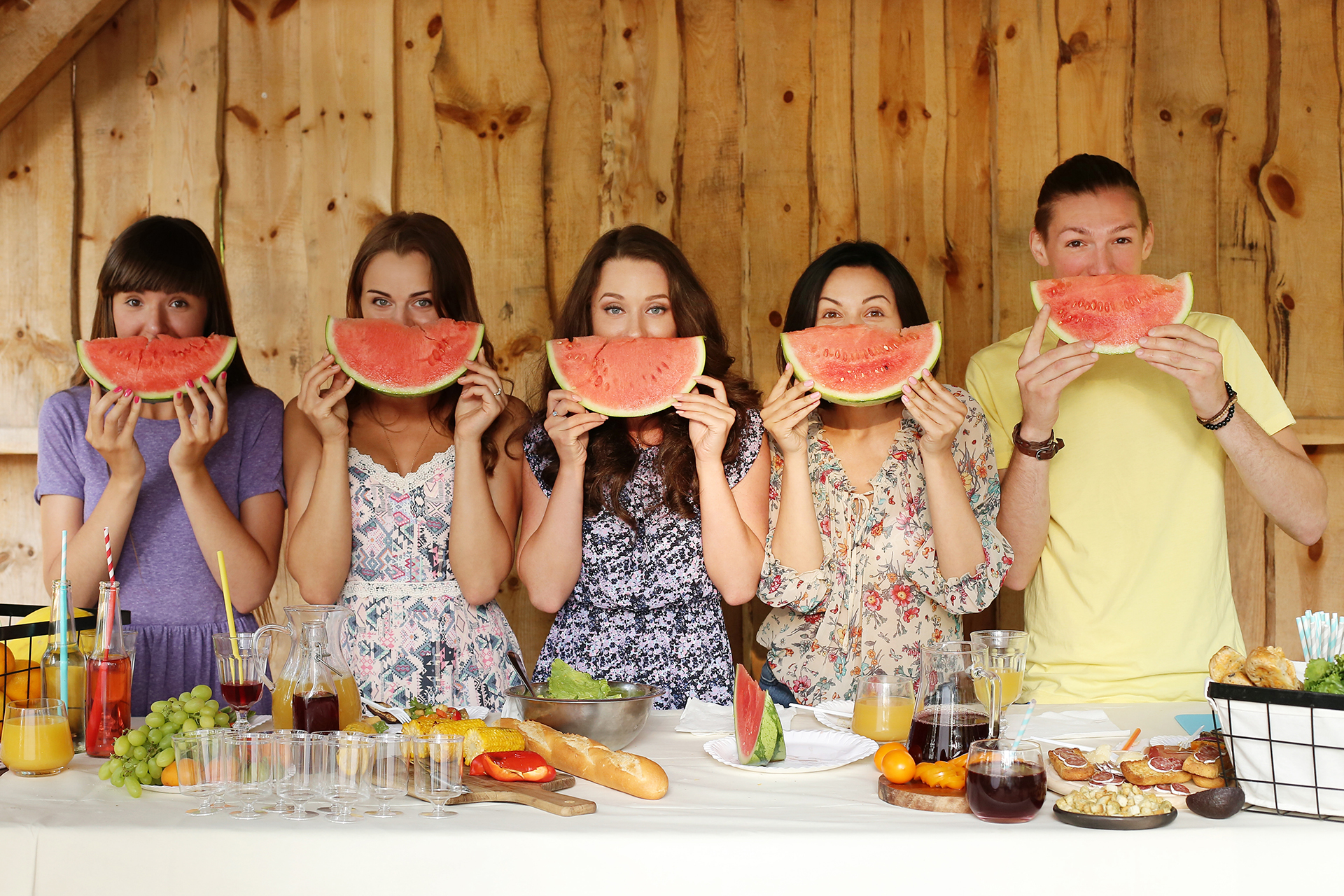
We have both organic and conventional watermelon. Juicy, Refreshing, and Fun!
- Very low-calorie and fat free fruit - just 40 calories per 100g
- Significant levels of vitamins A, B6, and C
- High in lycopene levels, about 20mg per 2 cups serving which is linked to heart and bone health
- Good source of antioxidants and amino acids
- Fresh watermelon is rich in Beta-carotene which helps with immunity and skin and eye health
To get the maximum nutrient content, let your watermelon fully ripen and serve chilled
